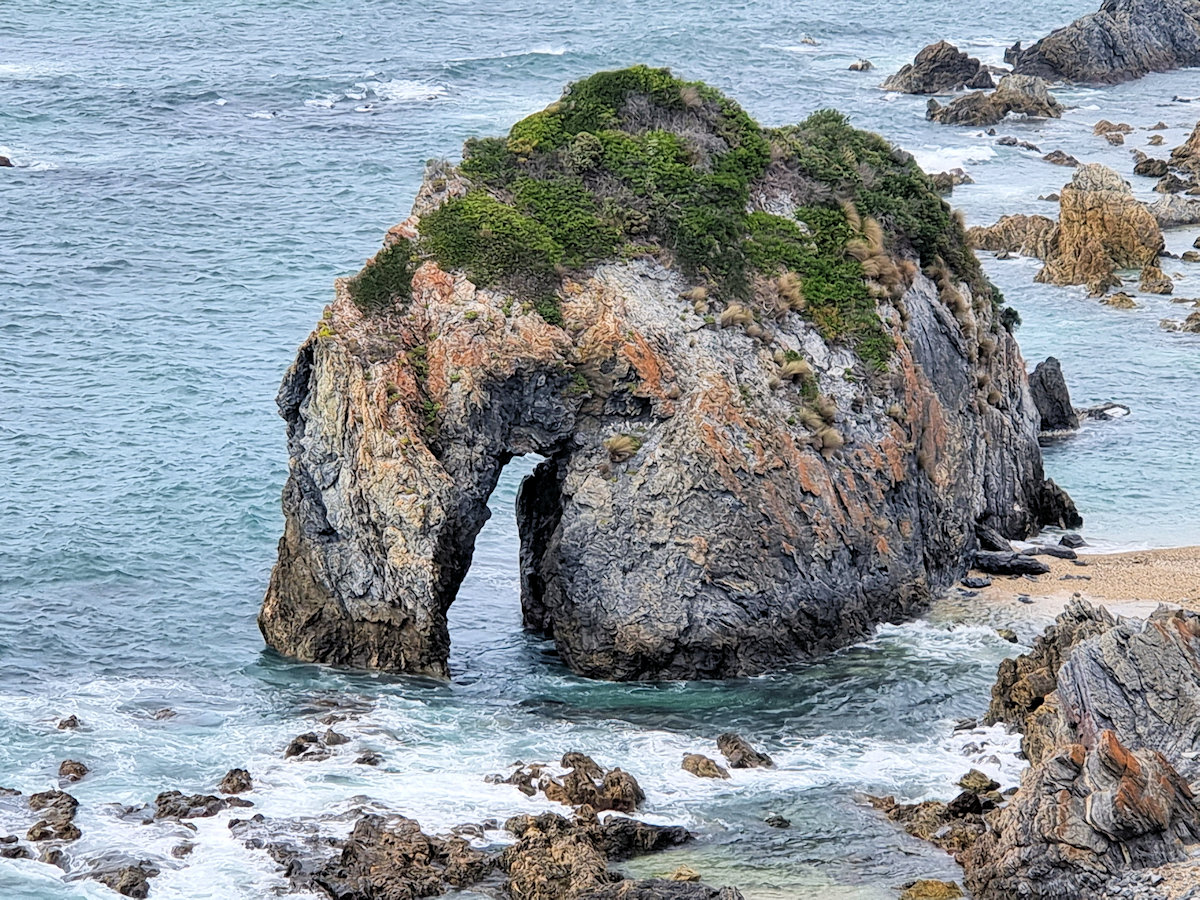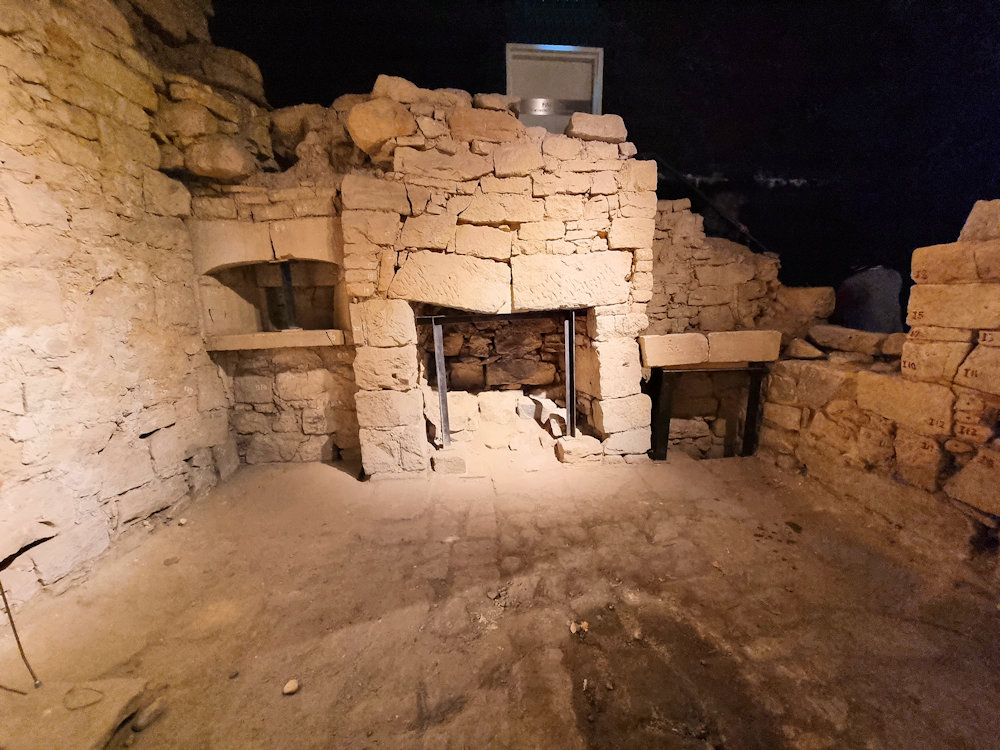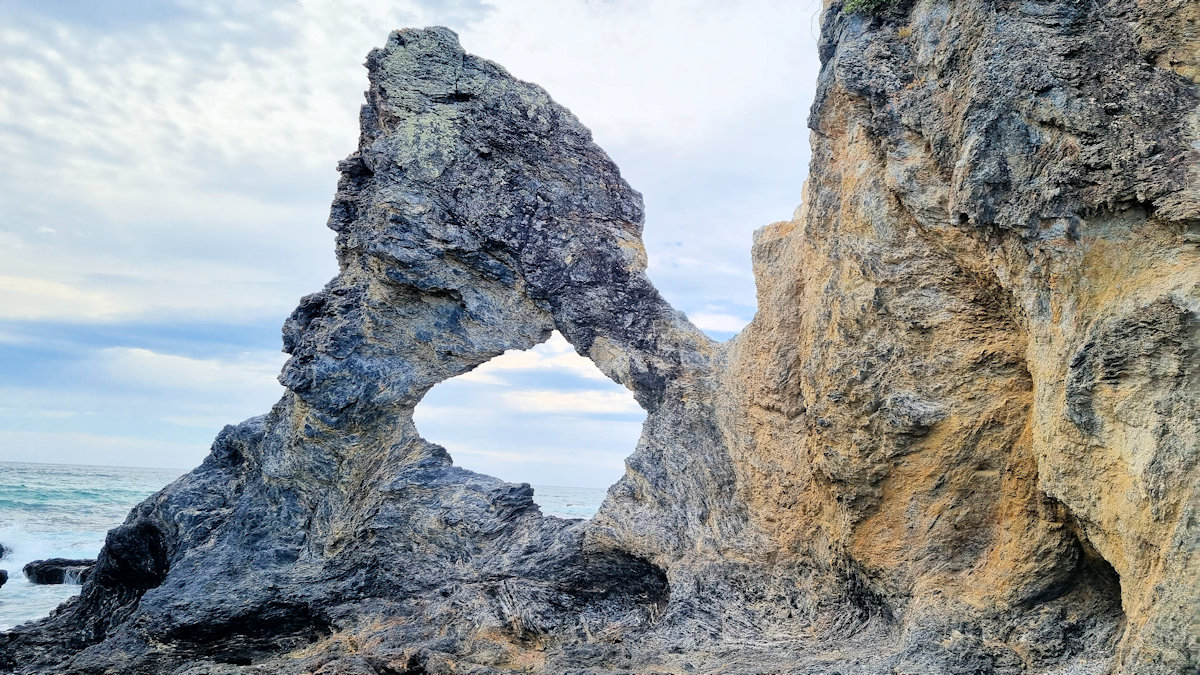Category: Science
-
Horsehead Rock Wallaga Lake

Horsehead Rock Wallaga Lake New South Wales Australia As one of Australia’s most distinctive coastal rock formations, Horsehead Rock at Wallaga Lake is a must see if in the area. As a bonus, there are several other interesting rock formations on the same stretch of the coast. Getting There Located 240 km from Canberra on… Read more
-
Parbury Ruins

Parbury Ruins Located on the corner of Pottinger and Windmill Streets in Millers Point, Sydney, the Parbury Ruins were uncovered during the construction of an apartment block. Once excavated and recorded by archaeologists, the developers modified their design to retain the ruins, preserving them. Access to the underground area is by appointment only, or during… Read more
